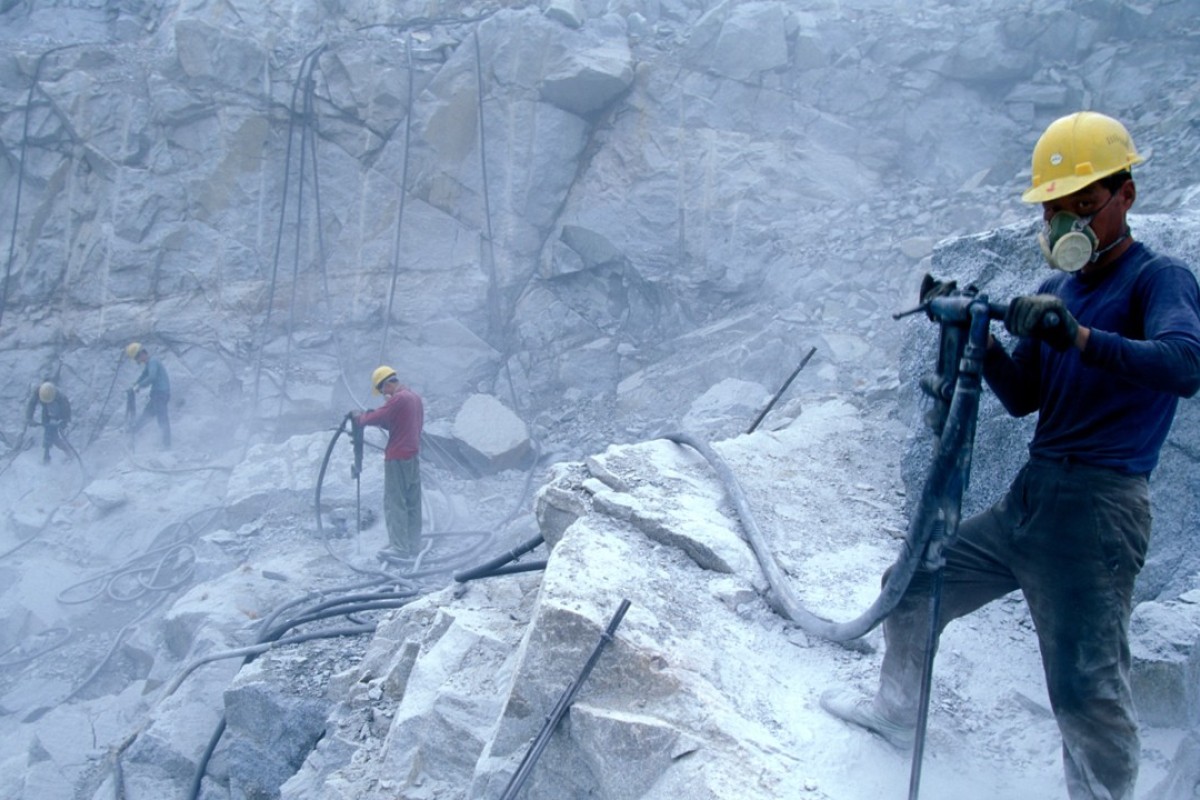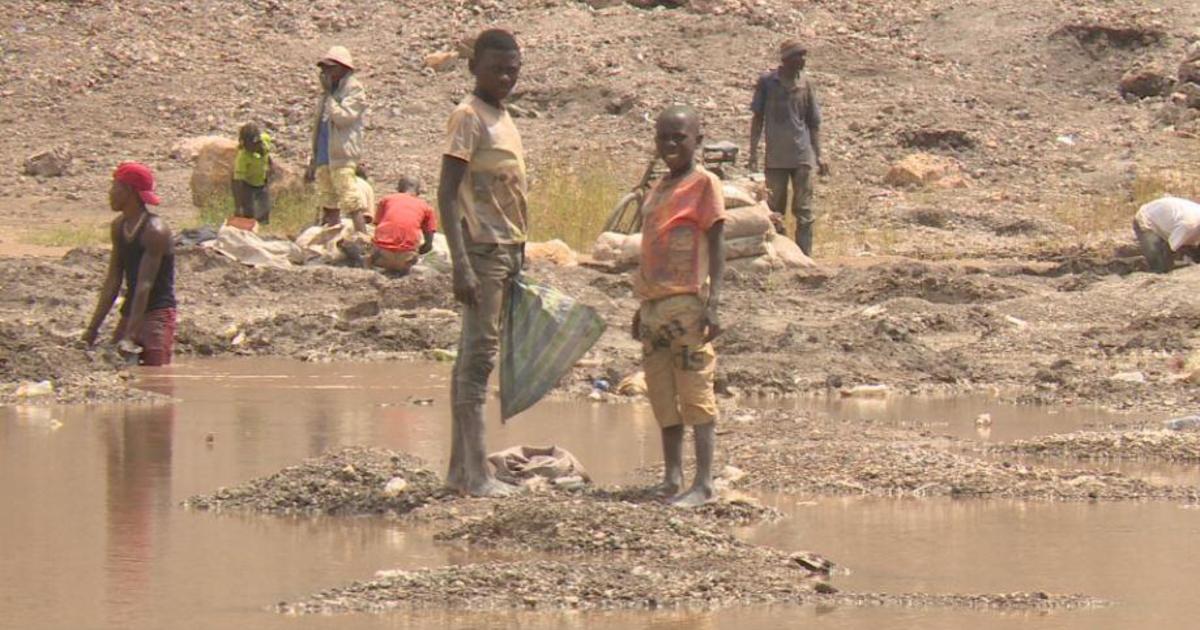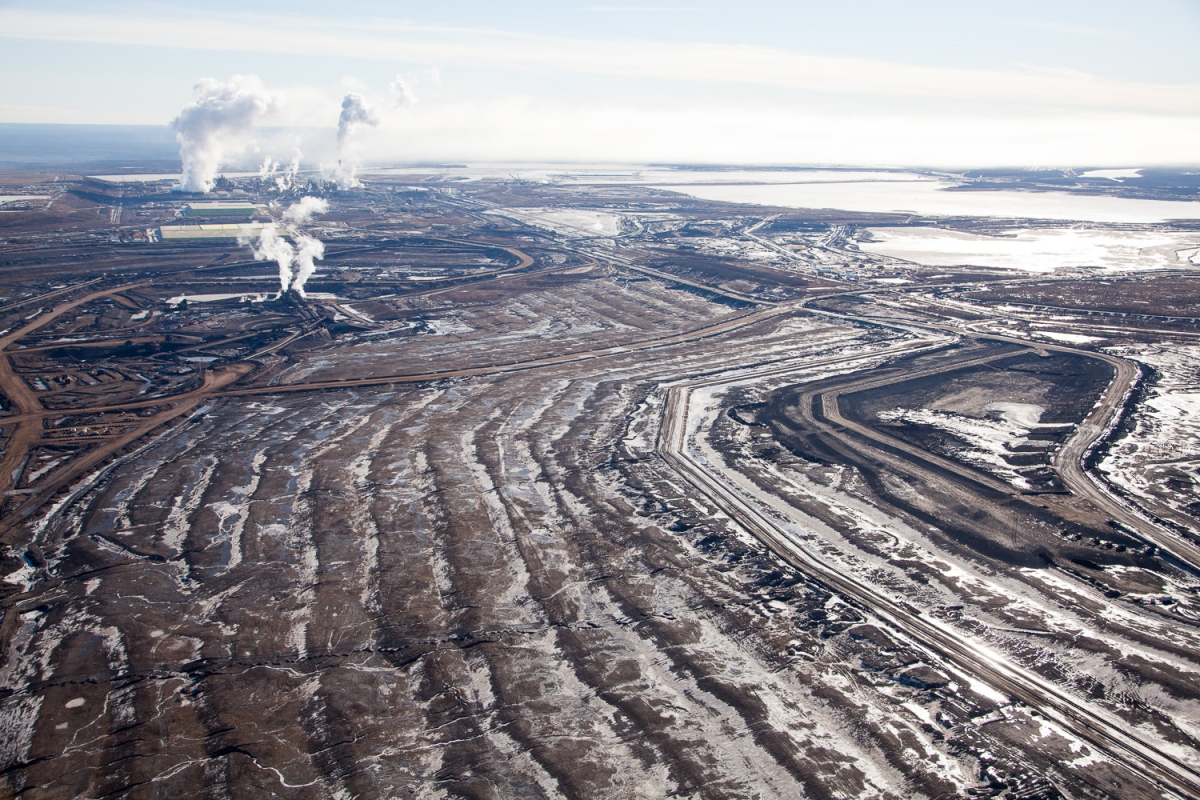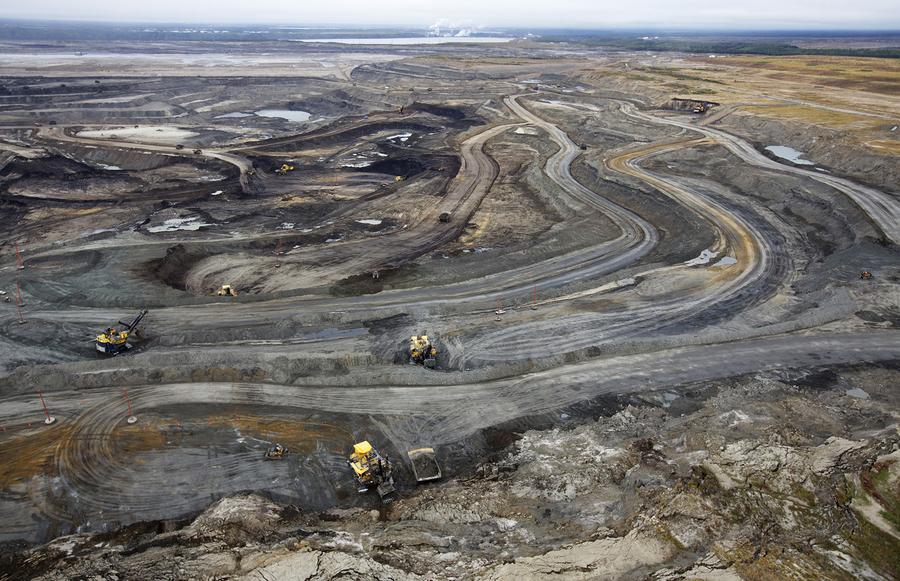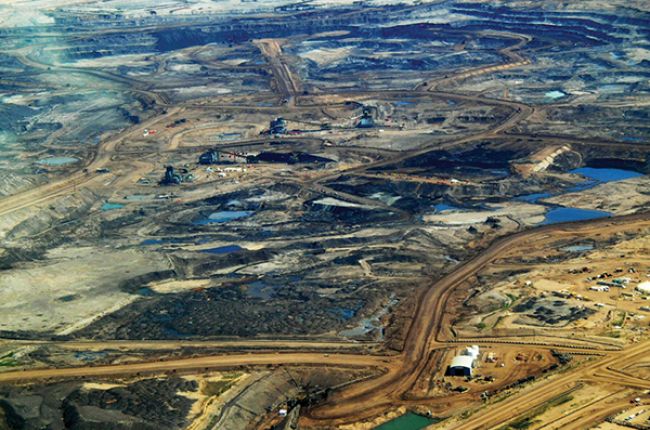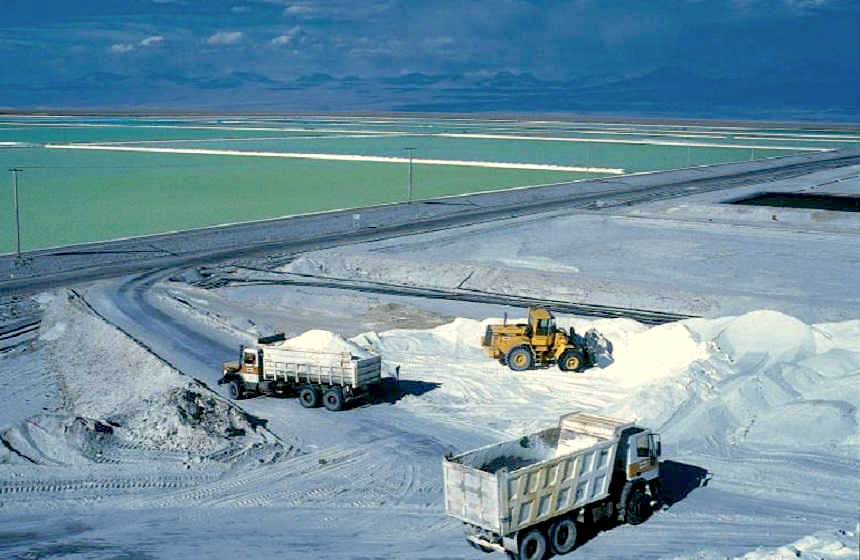eagle1462010
Diamond Member
- May 17, 2013
- 73,559
- 38,559
- 2,605
Silica Background | Occupational Knowledge International
Silica is a naturally occurring mineral in rock and soil. When inhaled, silica dust can cause silicosis, cancer and increases the risk of Tuberculosis (TB) infection. Airborne silica is present in numerous industries including construction, mining, foundry work, glass, concrete manufacturing, painting, pottery, and stone crushing.
In much of the developing world excessive exposures to silica dust are common in the stone crushing industry where most mills operate without dust controls. It is estimated there are over 12,000 stone crusher mills in India alone, which provide direct employment to over half a million workers, many of whom are disadvantaged women and children. The Indian Government estimates that 10 million people are exposed to silica dust on the job. Studies have shown increased morbidity and mortality among silica exposed workers from silicosis, lung cancer, TB, and other lung diseases.
Occupational exposure to silica dust in the mining industry is a global concern. The labor force in most developing countries is comprised largely of migrant workers and the attrition rates are high. Over one million mineworkers in China and 500,000 in South Africa have been diagnosed with silicosis. In southern Africa migrant workers in mineral mines experience higher rates of HIV and an associated TB incidence that is reportedly ten times that of the general population. India's mining industry provides employment to over 1.1 million people with thousands more employed in small, unofficial mines, but few are ever diagnosed with silica-related disease. The country's Supreme Court recently instructed the Indian Government to increase medial surveillance and to better compensate silicosis victims.
Silica is a naturally occurring mineral in rock and soil. When inhaled, silica dust can cause silicosis, cancer and increases the risk of Tuberculosis (TB) infection. Airborne silica is present in numerous industries including construction, mining, foundry work, glass, concrete manufacturing, painting, pottery, and stone crushing.
In much of the developing world excessive exposures to silica dust are common in the stone crushing industry where most mills operate without dust controls. It is estimated there are over 12,000 stone crusher mills in India alone, which provide direct employment to over half a million workers, many of whom are disadvantaged women and children. The Indian Government estimates that 10 million people are exposed to silica dust on the job. Studies have shown increased morbidity and mortality among silica exposed workers from silicosis, lung cancer, TB, and other lung diseases.
Occupational exposure to silica dust in the mining industry is a global concern. The labor force in most developing countries is comprised largely of migrant workers and the attrition rates are high. Over one million mineworkers in China and 500,000 in South Africa have been diagnosed with silicosis. In southern Africa migrant workers in mineral mines experience higher rates of HIV and an associated TB incidence that is reportedly ten times that of the general population. India's mining industry provides employment to over 1.1 million people with thousands more employed in small, unofficial mines, but few are ever diagnosed with silica-related disease. The country's Supreme Court recently instructed the Indian Government to increase medial surveillance and to better compensate silicosis victims.
